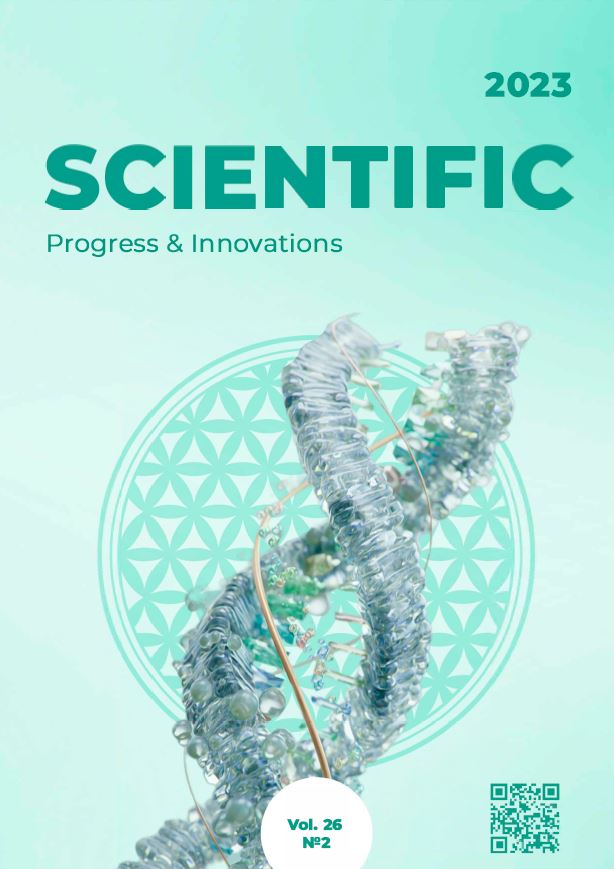Use of ultrasound examination as a method of diagnosis of kidney pathology in cats
DOI:
https://doi.org/10.31210/spi2023.26.02.15Keywords:
ultrasonography, kidney, cats, pyelonephritis, polycystic disease, nephrosclerosisAbstract
Chronic kidney diseases in cats may not manifest for a long time, which is a danger to the life and health of animals. Therefore, it is important to carry out ultrasonic screening of all cats, and especially breeds genetically susceptible to pathologies, such as Persian and British. That is why the purpose of our study was to find out which of the kidney pathologies are most often registered during ultrasound examination and what place they occupy among the pathologies of the urinary system. To solve the problems, 120 cats from 1 to 18 years old were selected, which entered the educational and research and production clinic of the Poltava State Agrarian University from 2020 to 2022. At the initial examination, they recorded wilt, decreased skin turgor, refusal to eat, rapid weight loss. The most common pathologies found in ultra-sonographic renal examination in cats were found to be polycystic disease (37 %), pyelonephritis (25 %), and nephrosclerosis (24 %). The average age of cats with polycystic kidney disease was 2.4±1.1 years, nephrosclerosis – 8.4±2.1 years, pyelonephritis – 5.6±2.4 years. The most susceptible to kidney disease are cats of the Persian and British breed. Nephrosclerosis on the ultrasonogram was characterized by an increase in echogenicity (100 %) and granularity (78.6 %) of the cortical layer, a decrease in kidney size (57.1 %) and its irregular shape (21.4 %). Polycystic disease was characterized by multiple or single rounded or oval anechogenic formations with clear hyperechogenic walls. In some cases, renal enlargement in size (33.3 %) and increase in cortical echogenicity (8.9 %) were recorded. In pyelonephritis, numerical changes were recorded on ultrasonograms: expansion of renal balia (83.3 %), impaired cortical-cerebral differentiation of the kidney layers (36.7 %), hyperechogenicity of the cortical layer (20 %), hyperechogenicity of the cerebral layer (10 %), hyperechogenic inclusions in the cortical layer (10 %), dilation of the urethra (10 %).

 Creative Commons Attribution 4.0 International Licens
Creative Commons Attribution 4.0 International Licens